Phasing Out Internal Combustion Engines Is Already Happening
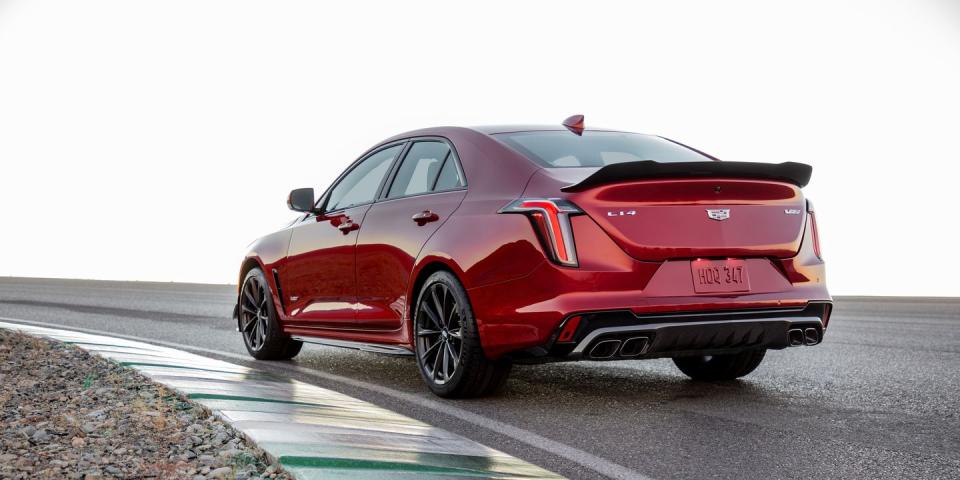
Several automakers have already confessed to have stopped development on any new internal combustion engines.
Some have taken the multi-step approach, however, phasing out development in some markets before others.
A visible glimpse of the end: Cadillac has said the CT4 and CT5 are last V-cars it will produce.
The automakers are making it official—they’re phasing out internal combustion and heading, with varying degrees of happiness, into an all-electric future. So at what point does the more than 120-year history of producing and improving gas and diesel engines actually stop? Some carmakers are saying that process is already well under way, and no more multi-million-dollar engine development plans will get approved.
Stellantis was late to electrification, but is making up for lost time in 2021, especially since the Fiat Chrysler/PSA merger that created the company. The Jeep Wrangler 4xe is a plug-in hybrid with a four-cylinder turbo engine and two electric motors for a combined 350 horsepower. Asked if the gas engine had reached the end of the line, Stellantis spokeswoman Lisa Barrow said, “We have said there will be a 4xe powertrain for the redesigned Jeep Grand Cherokee. We haven’t made any other engine announcements yet.”
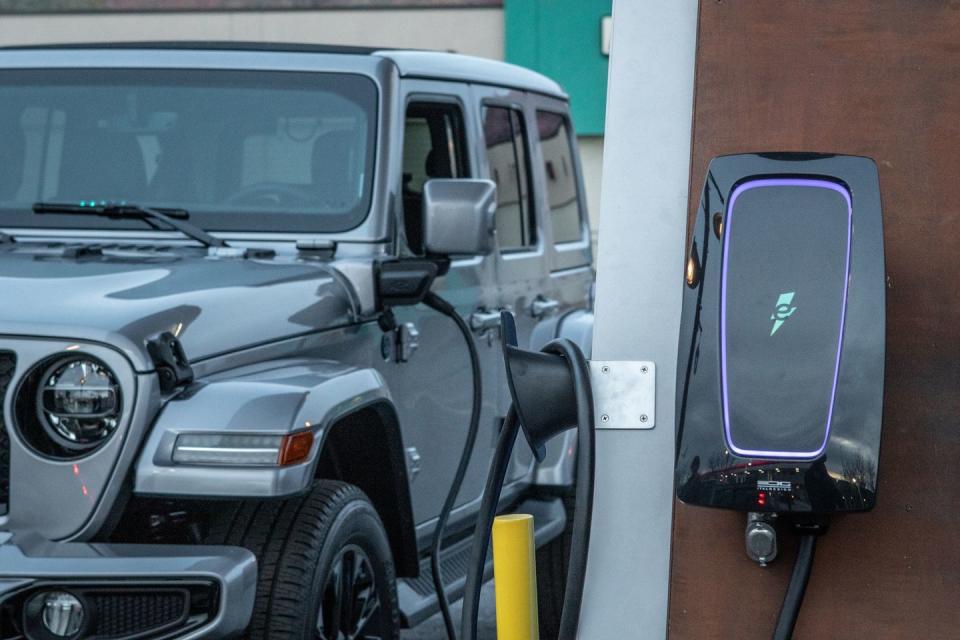
Will the Grand Cherokee’s 4xe offer more power, and will the Wrangler-based battery electric Magneto concept morph into a production vehicle, as seems likely? Barrow declined to elaborate, but Jeep has said every new model will have some degree of electrification. The company already sells plug-in hybrid 4xe versions of the Compass and Renegade but only in Europe. The picture is mixed, but the current era—dominated by huge gas engines in Dodge, Chrysler, Ram and Jeep vehicles—may have a limited life span.
Stellantis CEO Carlos Tavares had a major role in the electric Leaf rollout during his time at Nissan and is an enthusiastic proponent of electrification. In March, Wards Auto wrote, “Stellantis is committed to an electric future and will not make any major future investments in internal-combustion engines, Tavares says. It will work with existing smaller engines from PSA and larger engines from FCA.”
Just as Stellantis’ electrification is ramping up quicker in Europe, Ford is also leading with that market. By 2026, the company said, 100 percent of its European passenger vehicles will be “zero emissions capable,” either all electric or plug-in hybrid, with full electrification by 2030. BBC’s Top Gear opined, “If you’re in the US of A, your pick-up trucks and Mustangs can rest a little easier, as Ford’s only electrifying its European line-up.” But that’s an interim step, and even the Mustang now has an electric car, the Mach-E, in its lineup.
Still, the timetable in Ford’s home market is murkier. “As you’re aware, we’re investing at least $22 billion through 2025 to deliver all-new electrified vehicles,” said T.R. Reid, director of corporate and public policy communications at Ford. “We also see a role for efficient and hybrid internal-combustion engines in certain applications in North America as we work to meet our commitment to be carbon neutral by 2050. Beyond that, we don’t comment on speculation about future vehicles or powertrains.”
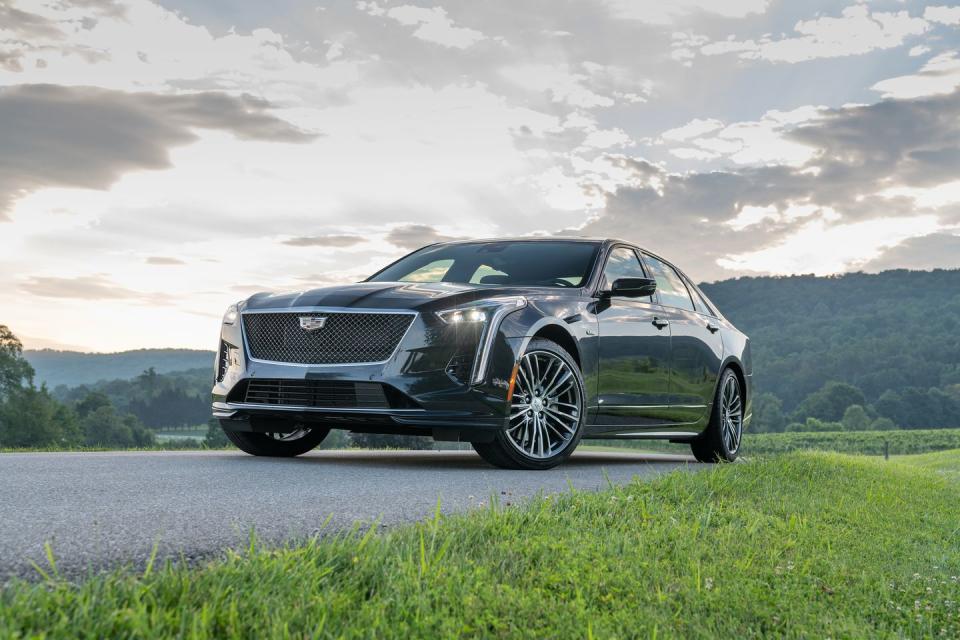
General Motors surprised the world with the announcement last January that it is aiming at 2035 to stop selling gasoline and diesel vehicles. And, in at least one division, the pipeline for new V8s seems to be drying up. “On the Cadillac side of the house, there aren’t any future internal-combustion engines that I’m able to comment on at this point,” said Cadillac spokesman Stefan Cross. “While Cadillac is committed to an all-electric future, EV and IC products will continue to be offered together as new EV alternatives become available. The 4.2-liter twin-turbo V8 engine known as Blackwing is only available in the 2019 to 2020 Cadillac CT6 Platinum and CT6-V. We have no additional plans regarding this engine to announce at this time.”
Let’s stick with Cadillac and that engine for a moment. Although the all-new Blackwing was hand-built in Bowling Green, Kentucky and never intended for mass production, it certainly should have had a longer shelf life than it’s getting. It was offered in what was then the CT6V-Sport (with the name changed at some point to CT6-V). Just 875 were produced in 2019 and 600 in 2020. This was a honey of an engine, with 550 horsepower and 640 lb-ft of torque.
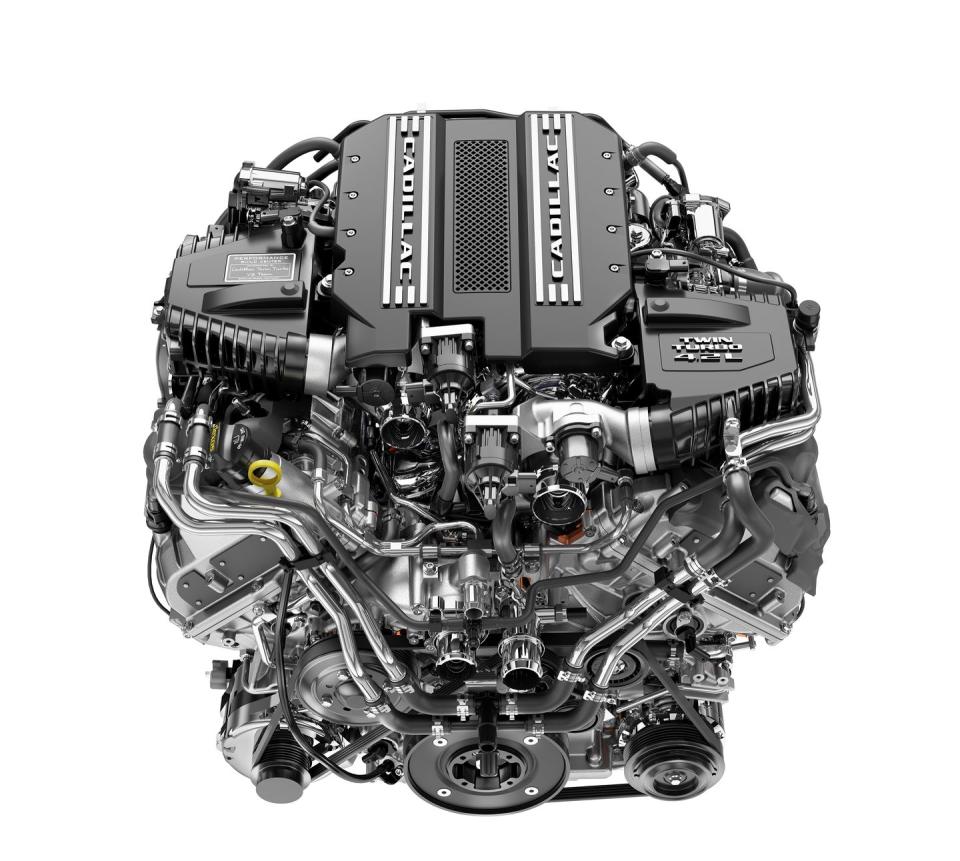
When first shown in the Escala show car, Cadillac said the new V8 was “a prototype of a new system in development for future Cadillac models.” But that didn’t happen, and the engine and its development costs are a write-off. Road & Track cites a source who said the Blackwing was a $16 million investment, with each engine costing $20,000 to build.
Meanwhile, Cadillac’s high end has moved away from the CT6 to embrace two battery cars, the Lyriq SUV (available in early 2022 as a 2023 model) and the Celestiq fastback sedan (to be unveiled later this summer).
Cadillac’s parent company, like Ford, is hedging its bets a little. “GM has an aspiration to eliminate tailpipe emissions from new light-duty vehicles by 2035 and to be carbon neutral in global products and operations by 2040,” said Chris Bonelli, global engines spokesman for GM. “That being said, we have a product plan to support our core internal-combustion programs through 2035, which includes important updates to our current engines and all-new engine designs yet to be announced. We believe we can strive toward the 2035 aspiration, and ultimately an all-electric future, while continuing to innovate and develop our IC offerings.”
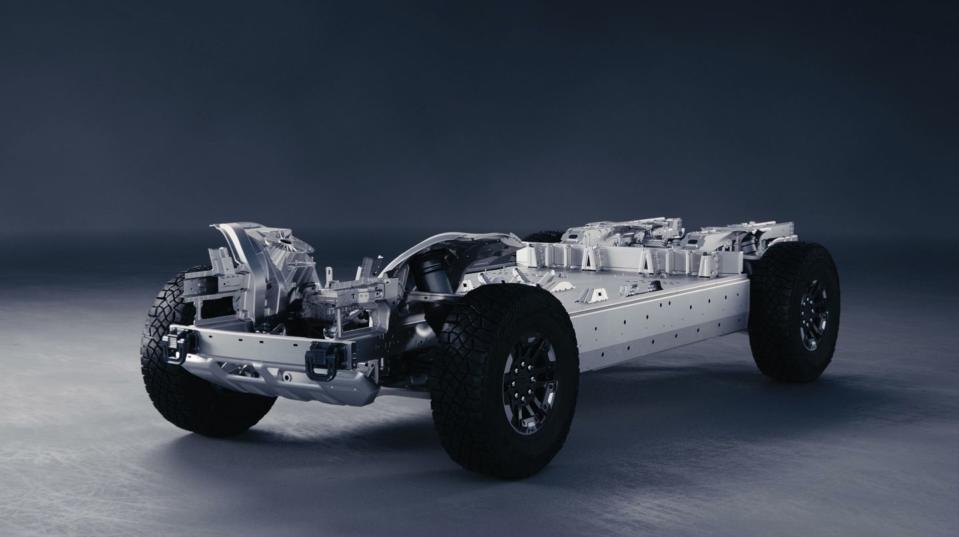
But the big development money is going to EVs at GM, including a $2.3 billion investment with LG Energy Solution in an Ultium battery plant in Tennessee.
Over in Europe, automakers are less reluctant to talk about their plans to phase out gas and diesel. Audi CEO Marcus Duesmann told the German publication Automobilwoche, “We will no longer develop a new internal-combustion engine, but will adapt our existing engines to new emission guidelines.” He said that new and strict Euro 7 emissions rules are very restrictive on combustion engines. VW CEO Ralf Brandstätter said much the same thing.
Mercedes-Benz Cars Chief Operating Officer Markus Schäfer, with responsibility for group research, was also talking to the German media. He told Auto Motor und Sport that there are no plans for next-generation IC engines. All Benz cars will be offered in electrified versions by 2022.
Only BMW is staying the course. BMW CEO Oliver Zipse was quoted as saying the company does not have plans to stop developing gas and diesel engines, and added that demand for internal-combustion cars “will remain robust for many years to come.” But BMW is also accelerating EV plans, and recently released the 2022 i4 electric with up to 300 miles of range.
Toyota said back in 2017 that it doesn’t plan to be making internal-combustion engines after 2040, but it’s unclear what it thinks now. In 2019, Honda announced it would sell only EVs and hybrids in Europe after 2022. Maybe company thinking is irrelevant, at least in the home market, because Japan is considering banning traditional internal combustion by the mid-2030s, leaving only battery EVs and plug-in hybrids.
It’s plain that traditional gas and diesel cars—by far the majority of the market now—will have limited to zero shelf life in the near future. A battery powered Corvette? Why not? We already have a plug-in Mustang.
Is the end of the road for internal combustion engines coming that quickly? Share your thoughts in the comments below.

 Yahoo Autos
Yahoo Autos 